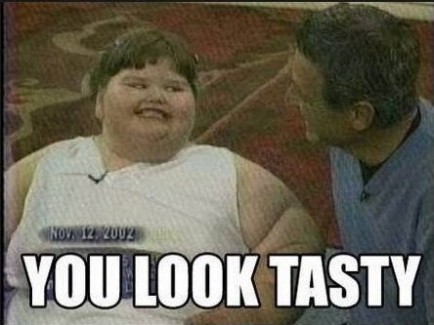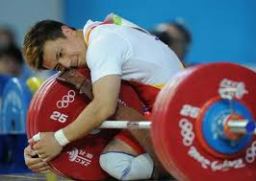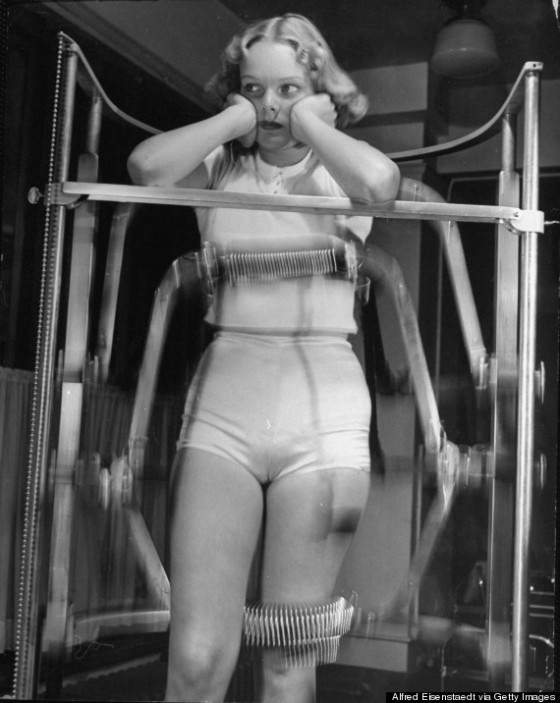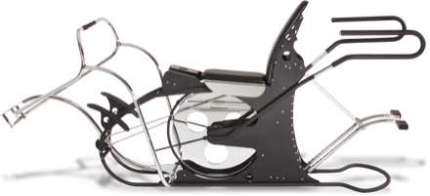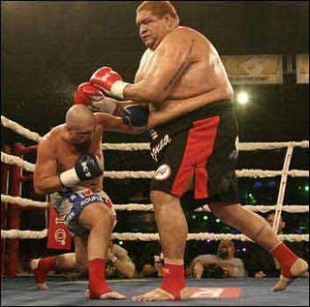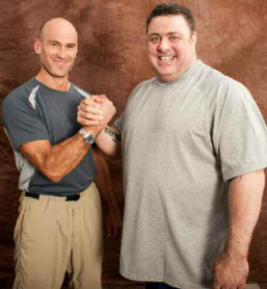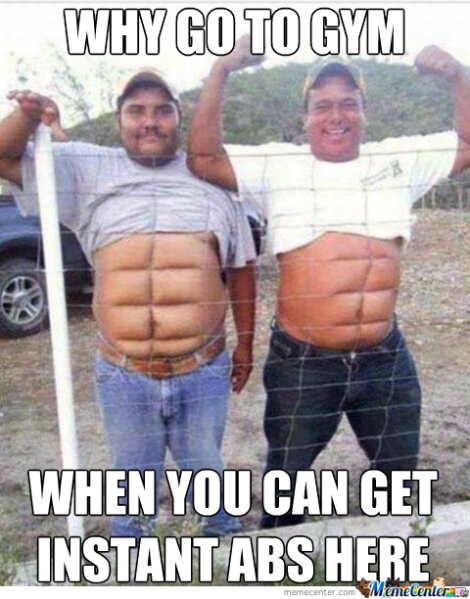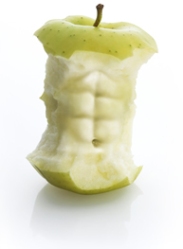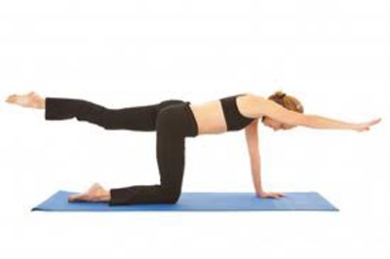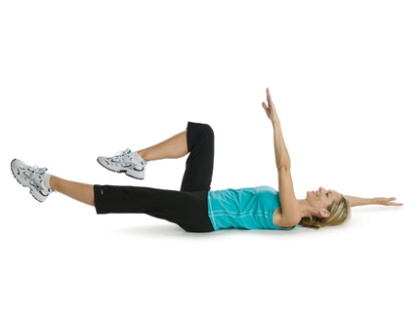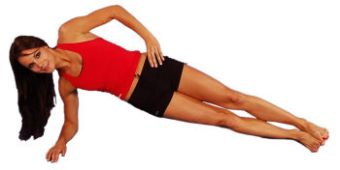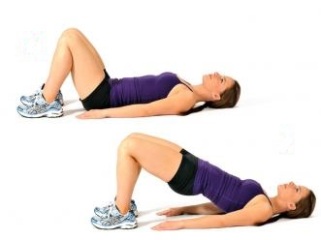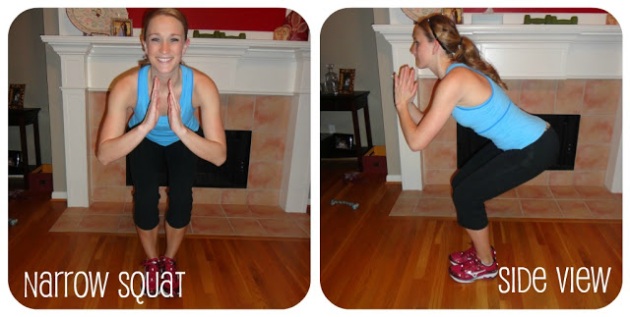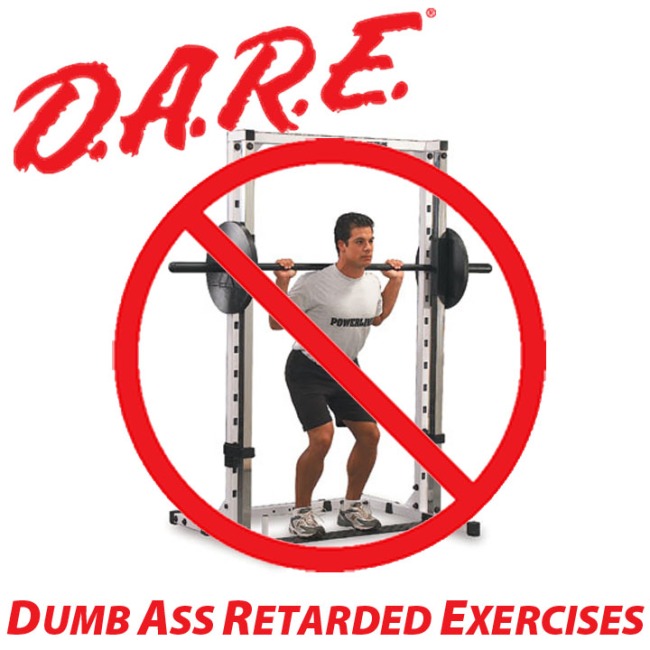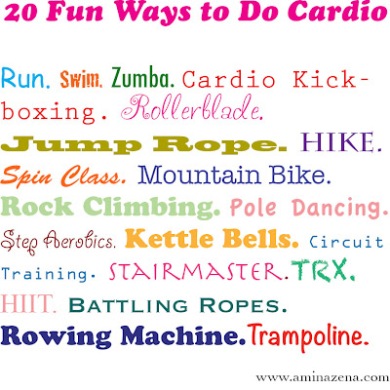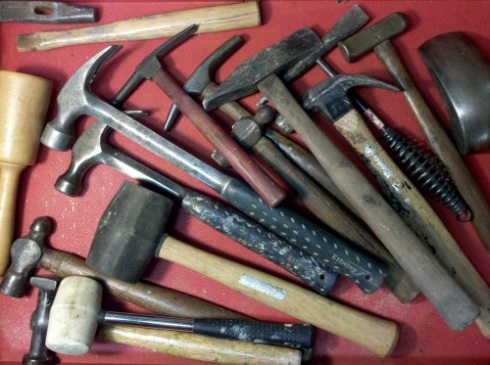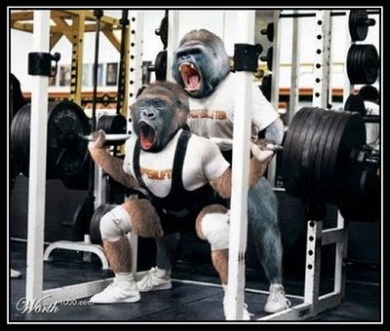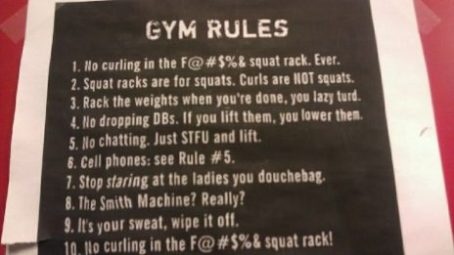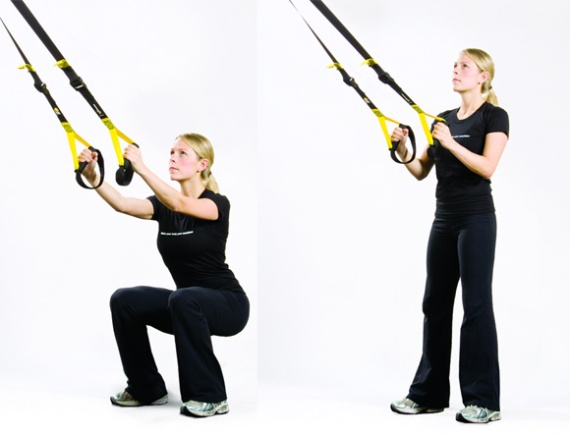I am a big proponent of strength training largely utilizing basic barbell methods. Presently 4 of my 5 clients are performing bar squats, overhead presses, bench presses the deadlift and one is performing power cleans. I also include loaded carries Kettlebells,body weight training, metabolic training and mobility work to round out my programming.
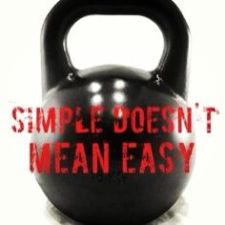
Kind of looks like a bomb doesn’t it?
With each athlete I spend considerable amounts of time covering proper bar approach, mindful body mechanics, breathing patterns and the loading and unloading of the weight. The sheer number of things that go into a properly executed “big slow lift” (I.E. Bench Press, Squat,Deadlift and Press) or a Kettlebell lift is remarkable considering how simple most of them appear.
A number of my coaching cues involve getting the athlete into a tensed state and thus far has resulted in exceptional strength gains and zero lift mishaps. It is my goal to empower each athlete to achieve this ability to do so automatically so when the day comes where I am no longer their coach they can continue progressing and lifting safely. In some cases the simple addition of a little weight to the bar seems to clean the athletes technique up
I received a link from StrongFirst today that featured a great interview on the relationship between tension (tightness) in the body and its effect on strength. I am presently studying the works of Pavel Tsatsouline, who is the worlds leading expert of Kettlebell training and leader of the StrongFirst organization.
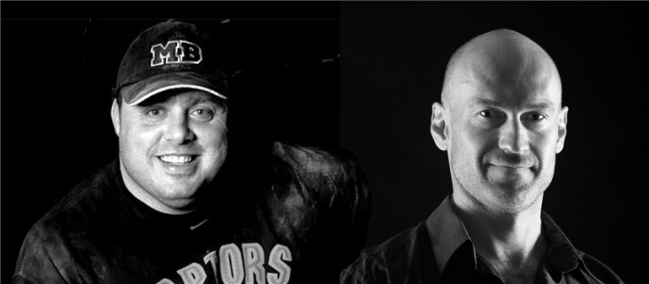
(Left) Andy Bolton and (Right) Pavel Tsatsouline
The below interview was featured in Muscle and Fitness UK. Andy Bolton and Pavel Tsatsouline are two of the world’s premier strength experts. Bolton was the first man ever to deadlift 1,000 lbs in competition. Tsatsouline is a former Soviet Special Forces instructor and consultant to elite units of the US military and law enforcement.
In this new series, we’ve brought the two kings of strength together for a roundtable discussion in which they share the secrets to getting a stronger physique. This month, they discuss the importance of tightness.
Muscle & Fitness: Any serious strength athlete knows that tightness is the key to strength yet many gym rats don’t. Can you explain why it’s important to be able to get tight, if you want to get strong?
Pavel Tsatsouline: Tension is strength, it’s as simple as that. A muscle produces force by tensing. Tensing stabilizing muscles fires up the prime movers. Through the phenomenon of irradiation this tension spills over. It’s especially obvious when you tense your abs, glutes, and grip. Test this on the basic barbell curl; I guarantee that you will immediately and noticeably get stronger.
All elite lifters learned to get extremely tight early in their careers. Some are born athletes and figured it out naturally. Others have been coached or watched the champs and copied what they saw.
Andy Bolton: Exactly. Here’s an example of how to get tight—and, therefore, lift the most weight you are capable of—when bench pressing:
Assume your bench press set-up, and do the following:
- Drive your heels into the ground as hard as possible.
- Force your knees out as hard as possible.
- Squeeze your glutes as tightly as you can.
- Flex your lats hard.
- “Death-grip” the bar.
Now, while keeping that level of tightness, un-rack the bar and perform your set. You will be stronger.
M&F: Tightness also makes you safer when you lift weights. Can you explain that?
PT: It works the same way that tensing your stomach protects you from a punch. In addition, tensing before you get under the bar takes the slack out of your tendons. Lifting a heavy barbell is like towing a trailer—you need to take the slack out of the cable before hitting the accelerator. Incidentally, Russian studies show that this pre-tension increases strength by up to 20%. That’s due, in part, to a psychological feeling of lightness and invincibility.
AB: Many lifters injure their lower backs when performing squats, deadlifts and military presses. To avoid doing this, lift with a neutral spine and get as tight as possible to maintain that neutral spine. Focus on flexing your glutes, lats and abs as hard as possible. Do this properly and you cannot lose neutral spine.
M&F: How can we learn to tense up?
PT: Practice. Tension is a skill. Ernie Frantz, a powerlifting legend, used to practice tensing his whole body throughout the day. There are many sophisticated techniques that teach you to get tighter and tighter. I have researched the topic and experimented for almost two decades.
A researcher, Bret Contreras, compared the recruitment of various muscles of the midsection in the traditional plank and in the plank I designed. The EMG (electromyography) measurements showed that the latter activated the internal obliques, the abs, and the external obliques 200%, 300%, and 400% respectively. In the book deadlift dynamite, that Andy and I co-authored, there are detailed descriptions of this special plank.
AB: One of the big mistakes I see—even from accomplished lifters—is performing all their warm-up sets with sloppy, loose form. This ingrains bad habits.
To really learn how to get tight, treat every set as if it were a one-rep max. Even your lightest warm-up sets. This gives you many sets in every workout to practice getting tight.
M&F: Two exercises frequently recommended for teaching tightness are the double kettlebell front squat and the kettlebell bottoms-up press. What are your thoughts on these exercises?
PT: The double kettlebell front squat is a great tension teacher. Due to the particular load placement, the lower back muscles don’t have much leverage to stabilize the spine and the diaphragm and the abs have to take over. Some of you strong guys might sneer that kettlebells are too light for squats.
Well, go try it. 1,200-pound squatter Donnie Thompson has found 3×8 with a pair of 88-pound kettlebells sufficient. In this case, it isn’t about the weight but its placement. And no, the barbell front squat does not have the same effect because, as Dan John has pointed out, it “stacks” the weight nicely on top of the skeletal structure. So use two kettlebells.
AB: There’s a young guy I know who?can bench 240 kg raw. He’s a monster. But when he tried the single arm kettlebell bottoms up press he was surprised to find he could only do 24 kg for a couple of very shaky reps. This showed he didn’t know how to get as tight as possible. If he worked on it, and learned to generate maximal tension, he’d bench even more weight—a scary thought.
Here’s how you perform the exercise:
- Simply press a kettlebell overhead, but do it with the cannonball above the handle (not with the cannonball resting of the back of the forearm as a kettlebell is usually pressed). This makes it really unstable.
- To stabilize the weight you must tense every muscle in your body extremely hard. It’s quite a challenge.
As a bonus, and for reasons beyond the scope of this article, it’s also a very safe press for the shoulders.
M&F: Many lifters are constantly searching for the “perfect training program,” but we all know that doesn’t exist. Can you give us your most foolproof program for building strength and muscle?
PT: It has to be powerlifting-style cycling. Former powerlifter Bill Starr recalls how periodized Russian weightlifting programs made their way into the United States in the sixties. “Out of this rather complicated system…came a much simpler form of the same idea.” The simple idea was starting light and building up to heavy lifts in a linear fashion while simultaneously reducing the volume,then backing off and starting again after competition. That was the American way of abiding by Prof. Matveyev’s tenets of periodization. This practice would become known as “cycling.” Many top lifters, Andy included, have broken seemingly impossible records by following this deceptively simple methodology. If mass rather than strength is your goal, the answer remains the same.
AB: I agree 100%. Cycling built my 1214 lbs squat and helped me to become the first man in history to deadlift over 1000 lbs.

Here’s an example of how it works. Let’s say you have a 3-rep max on the bench press of 120 kg. You want to run a six-week cycle and set yourself the goal of pressing 125kgx3—a solid gain of 5kg.
It goes without saying that you perform several warm-up sets before your top weight. If you like, you can add a second top set using 90% of the top set weight. For instance, on week 5, you’d perform 120 kg x 3, then rest 3 minutes. Then do 107.5 kg x 3.



